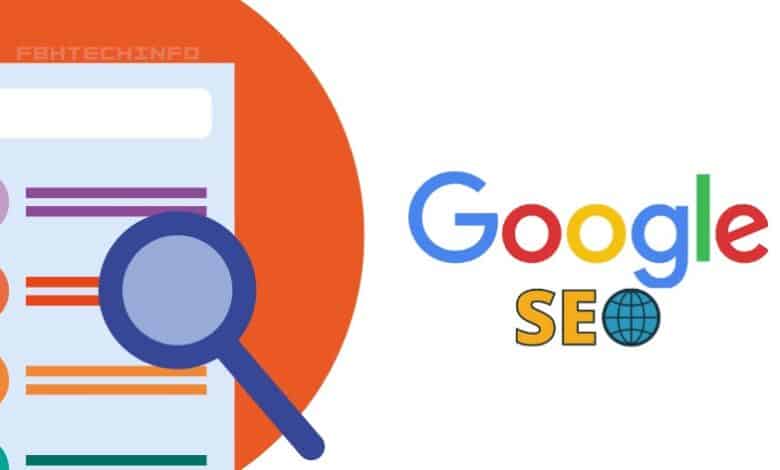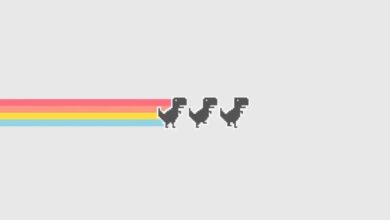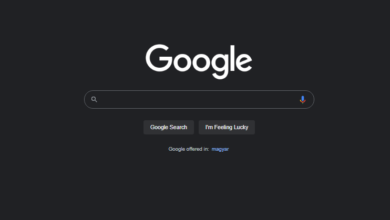What are the factors to consider when indexing your website? – Google SEO
Reach more people with these steps

The indexability of a website refers to how easy it is for search engines to find, track, and index it. When robots can easily visit a website, it can be indexed and classified into search categories.
Trackers are a tool used by search engines. They’re similar to browsers that explore the internet for as much information as possible. It’s known as Google Bot in Google’s case. This operates by searching for links to new pages.

When it comes to indexing web pages, what factors does Google consider?
The process by which Google adds a web page to its index and search list is known as indexing. Because Google is used for so many online searches, your page must appear there.
I’ll show you how I connected my website to Google Search so you can do the same. To begin, you should be aware that Google Search is a platform that assists in managing web pages to ensure that your site is readily accessed and indexed. After you’ve installed the software, follow these steps:
[ads1]
- Go to your Gmail account and sign in.
- Select “add property” from the menu.
- “Domain” or “URL prefix” are the options.
- Make a note of your website’s address.
- If you choose “domain,” you’ll need to change your website’s DNS settings.
- We recommend the “HTML tag” option for speedier verification if you select the “URL prefix.”
- Go back to the Google Search Console.
- Your site will be up and running once you click verify.
READ ALSO: Step-by-Step: How to start a successful blog in Ghana in 2022

Breadcumbs
Search engines frequently direct us to pages that have nothing to do with what we’re looking for, causing us great aggravation and possibly leading us to abandon our search. That’s why we’ll need a tool to help us figure out where we fit within the site’s hierarchical structure.
Breadcrumbs might assist you in finding your way around. They can assist you in determining how you arrived at a particular site and how to return to it or see similar pages in the future. Then you must follow the pages’ hierarchical levels.
In most cases, the first level correlates to the blog. Then there’s a link to the category’s index page, and finally, a short title to pique your interest or direct you to similar titles. Learn more about Google optimization, and you’ll be able to properly configure your site so that it’s crawled faster and your users aren’t put in these situations.
Canonicalization
Canonicalization is the process of determining the best URL to use when displaying fresh material. It’s all about labeling web pages so that search engines can find them more easily. The crawlers will distinguish one original site from another that delivers the same content in this manner.
If your URL, for example, provides identical results, you will almost certainly be penalized because it will be flagged as a clone. If this happens on your site, you should fix it right away. It would be best to utilize the server configuration to build them so that when a user accesses it with “www” or both versions, they can access it. You may boost your SEO positioning by giving relevant and brief content that makes it easier for search engines to find your site.
Domain
The domain is a memorable name that corresponds to a physical IP address. Email addresses must be a unique name followed by the “@” sign, and for web addresses, it must come after “www.” You can purchase a domain by visiting a domain registrar, selecting a name that is not already in use, and paying an annual fee to acquire it.

Heading Structure
As an internet user, you’ve probably seen the letters “HTTP” at the start of a website. “Hypertext transmission protocol” is denoted by these letters. This is a database for internet data communication.
[ads2]
The client sends a request from a computer to the server that hosts the site when they visit a site that starts with these acronyms. The server then responds to the user in an HTML page or another format.
When a web page is fully indexed, how long does it take?
There is no time limit on when your website will be fully indexed. You are mistaken if you believe Google uses a secret technique to benefit you before others. This procedure begins with a step known as ‘indexing your website.’ Be patient because it can take anything from four days to six months for Google to crawl your site and assign a domain to it.
How to speed up the indexing of your website?
Google does not have a method for reducing the time it takes to index your page. However, to better your campaign, learn from your audience, and produce relevant ideas, one recommendation is to study how Google Correlate for SEO works. You can only justify the possible long wait with an attractive, sophisticated presentation and your perseverance.

